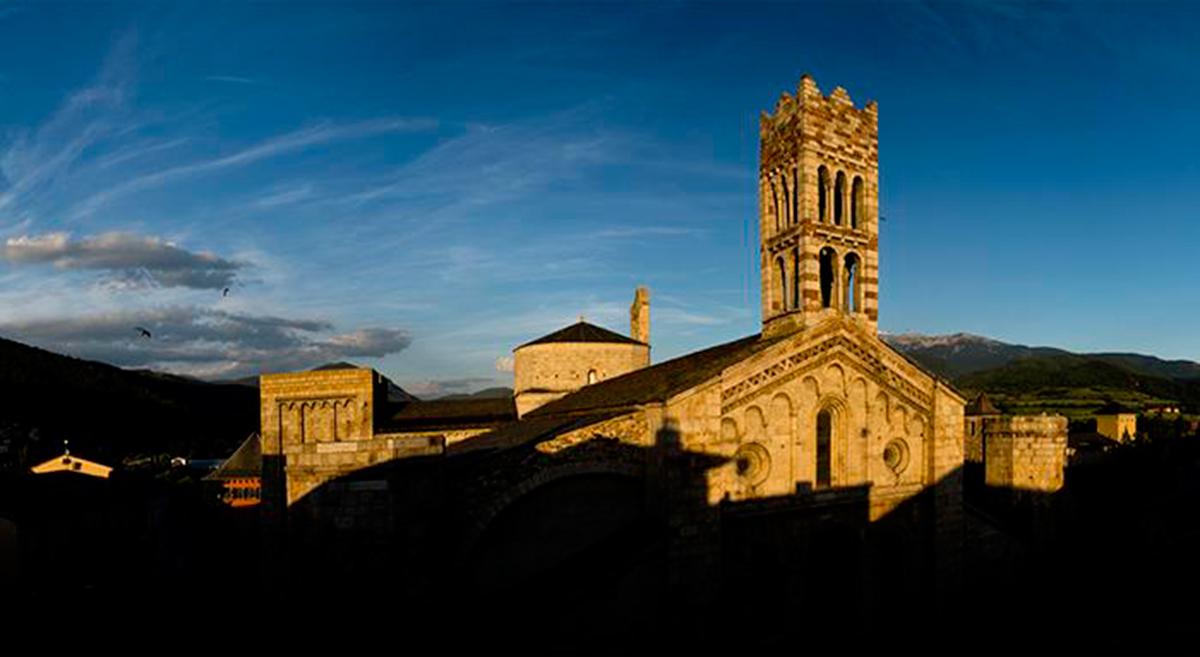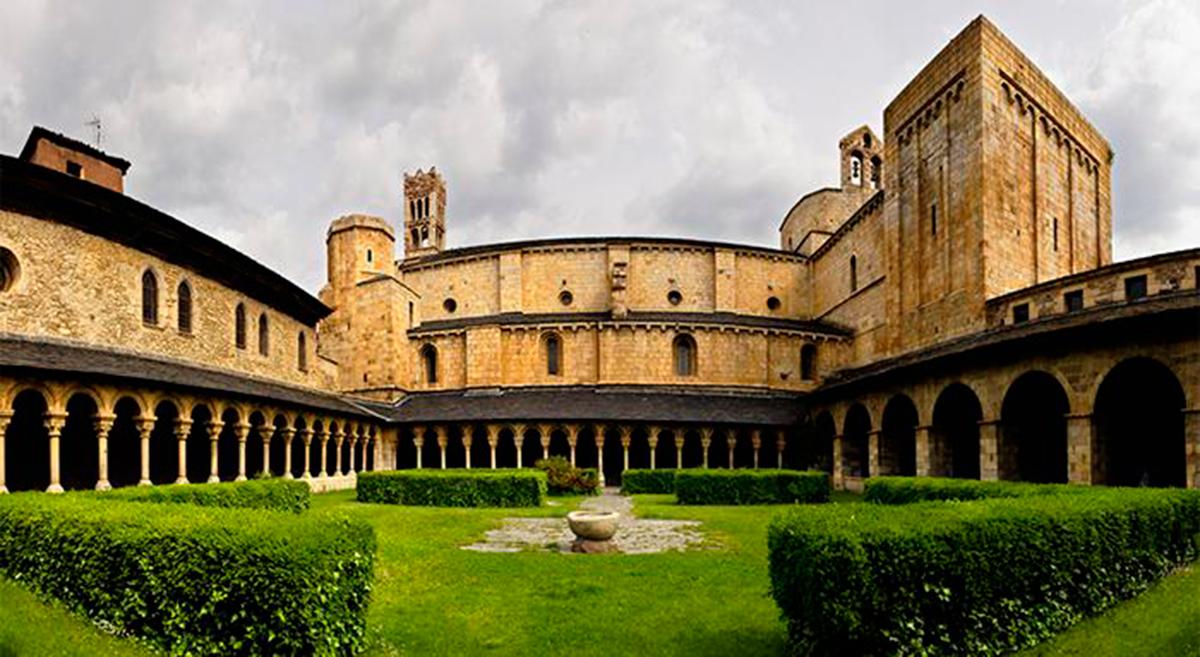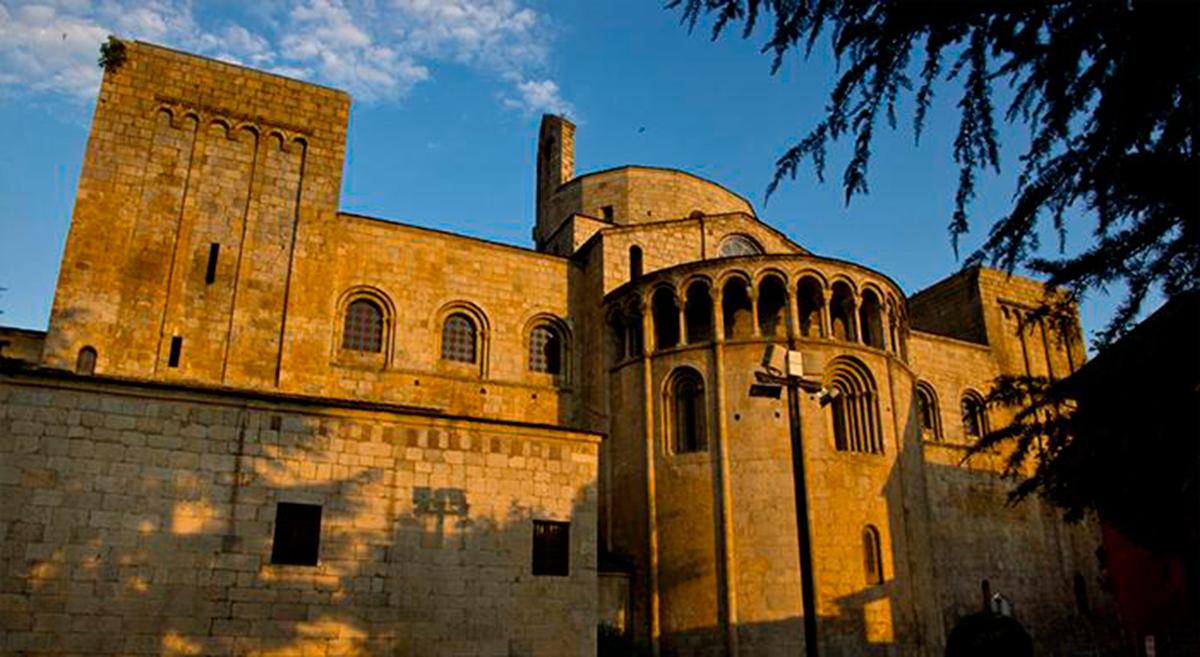It is easy to find inspiration while strolling around the cloister of La Seu d’Urgell Cathedral. To make a drawing, perhaps, to take a photograph, or to write a poem. Or simply to think about what makes us happy or about the things we want to improve in our lives. This special place helps us find ourselves, a silent space where the minutes and hours seem to go by more slowly. It is as if time had stood still to offer visitors a respite from their busy daily life. The sensations are intense. We feel slightly faint when we realise that the walls and three of the arched Romanesque galleries date back to the 11th century; we are moved when we contemplate the capitals decorated with vegetal, zoomorphic, human or monstrous motifs representing fear, joy, shame, sin, nature, delight, love...

One of the main attractions of this cathedral is the cloister, a large space for contemplation that leaves no visitor indifferent. Also impressive for their dimensions are the church, the bell tower, and the beautiful central apse, crowned by a gallery of columns surmounted by arches. The same feature is found in many churches and cathedrals in Germany and the North of Italy. The name of La Seu d’Urgell (‘The Cathedral of Urgell’), recalls the importance of this town and its temple during the medieval period, when it was one of the great Pyrenean religious centres and a major defence bastion of the area.

A guided tour enables visitors to discover many important episodes in the history of the cathedral. It was built in the 12th century over a former Visigoth church; it is the most important example of Lombardy-style architecture in Catalonia, and the only fully Romanesque cathedral in the country; over the centuries, the building has undergone many different transformations. The guide brings visitors to see some of the most valuable treasures of the cathedral: the Late Romanesque-style statue of the Blessed Virgin of Urgell presiding the apse chapel of the main altar, one of the best polychrome carvings in Catalonia, and the impressive altarpiece of Sant Ermengol dating from the 16th-18th centuries. The tour ends in Espai Ermengol, a space dedicated to an emblematic figure in the medieval city, and the Diocesan Museum, located west of the cathedral, with several valuable pieces of religious art, such as the Beatus of La Seu d’Urgell and the silver urn of Sant Ermengol, a fine example of Catalan goldsmith work from the Baroque period.

The cloister of La Seu d’Urgell Cathedral is one of the venues for the Pyrenees Early Music Festival (FeMAP), held in July and August in emblematic spaces throughout the Pyrenees.
